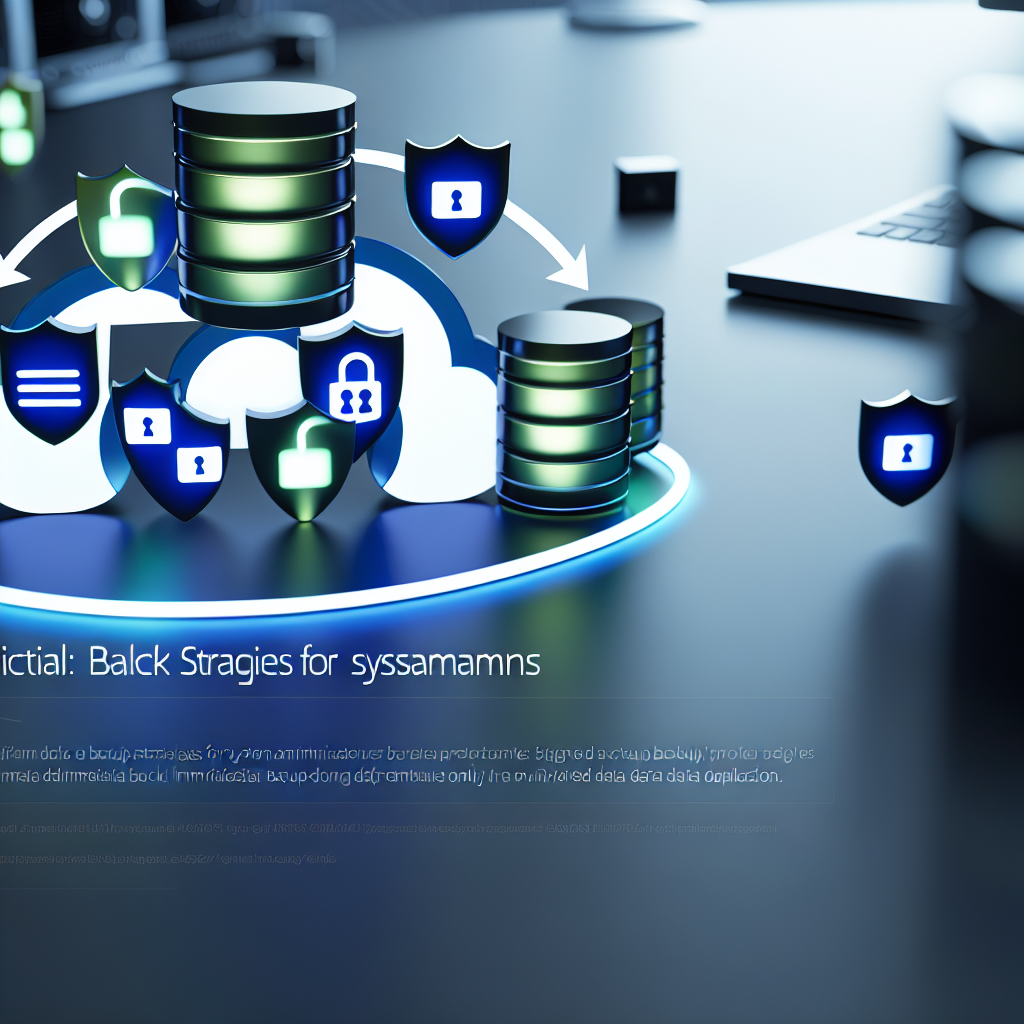System Monitoring Tools: Ensure Optimal IT Infrastructure Performance
Have you ever experienced unexpected downtime in your IT systems? It’s frustrating, right? System monitoring tools can help you avoid those headaches. These tools are essential for tracking the performance and health of your IT infrastructure, which includes servers, networks, and applications. As organizations modernize and their IT environments become more complex, utilizing efficient monitoring solutions has become a necessity.
In this post, we will dive deep into system monitoring tools, discussing their significance in preventing downtime and aligning IT operations with organizational goals. With the rise of multi-cloud setups, efficient monitoring is no longer an option but an integral part of IT management. Modern businesses increasingly rely on system monitoring solutions to foster operational efficiency and maintain a competitive edge (source: https://www.dynatrace.com/news/blog/what-is-infrastructure-monitoring-2/; source: https://www.ninjaone.com/blog/exploring-it-system-monitoring/).
What Are System Monitoring Tools?
System monitoring tools consist of both hardware and software solutions designed to track an organization’s IT infrastructure. These tools provide insights into system performance, resource utilization, and potential bottlenecks. They help IT teams analyze critical systems, ensuring optimal operation and timely interventions.
By monitoring various aspects of IT architecture, such as application behavior and network traffic, these tools allow organizations to:
- Track system performance
- Optimize resource utilization
- Proactively identify issues before they escalate
This data-driven approach helps IT departments maintain the health of their systems and prevents financial losses due to system outages (source: https://www.lumos.com/topic/it-operations-it-infrastructure-monitoring).
Types of System Monitoring Tools
Understanding the different types of system monitoring tools is crucial for effective IT management. Here are some primary categories:
Network Monitoring Tools
Network monitoring tools assess network performance by continuously monitoring traffic, bandwidth, and device connectivity. They help identify bottlenecks or outages, ensuring high availability and optimal resource usage (source: https://www.datadoghq.com/knowledge-center/infrastructure-monitoring/; source: https://pandorafms.com/blog/why-you-need-a-monitoring-system/).
If you’re interested in exploring how to optimize your network efficiently, you can read more about it in our article on network monitoring tools.
Server Monitoring Tools
Server monitoring tools focus on server health by tracking critical metrics such as CPU usage, memory utilization, and uptime. These tools ensure reliability and permit proactive maintenance to minimize downtime (source: https://www.dnsstuff.com/infrastructure-monitoring-tools).
To further enhance your understanding of server management, check out our detailed guide on Linux server management tips.
Application Performance Monitoring (APM)
Application performance monitoring tools help monitor software applications, detecting issues related to slow response times and inefficient code. APM ensures applications run smoothly and meet user expectations (source: https://www.ninjaone.com/blog/exploring-it-system-monitoring/).
Log Management Tools
Log management tools are designed to analyze and manage system-generated logs. They aid in root cause analysis, compliance, and security monitoring, providing a comprehensive view of system health and performance trails (source: https://pandorafms.com/blog/why-you-need-a-monitoring-system/).
For insights on system security, consider our piece on the importance of cybersecurity.
Key Features to Look for in System Monitoring Tools
When choosing a system monitoring tool, consider the following key features:
Real-Time Monitoring
Real-time monitoring features provide instant analysis and alerts to tackle issues proactively. Fast detection can significantly reduce the time needed to resolve potential problems (source: https://www.datadoghq.com/knowledge-center/infrastructure-monitoring/).
Customizable Dashboards
User-friendly interfaces allow you to visualize key metrics effectively, making it easy to track performance trends and respond accordingly (source: https://newrelic.com/blog/best-practices/what-is-infrastructure-monitoring).
Alert Systems
Configurable alert systems can preempt failures by notifying users of any irregularities or urgent events, ensuring operations remain smooth (source: https://pandorafms.com/blog/why-you-need-a-monitoring-system/).
Integration with Existing Tools
Tools should seamlessly integrate with your current IT systems and software. This compatibility is vital for smooth operations and ensures you can leverage previous investments (source: https://www.dnsstuff.com/infrastructure-monitoring-tools).
Benefits of Using System Monitoring Tools
Employing system monitoring tools provides numerous advantages, including:
- Improved Reliability: Proactive problem detection leads to minimized downtime and enhanced system reliability (source: https://www.dynatrace.com/news/blog/what-is-infrastructure-monitoring-2/).
- Enhanced Analytics: Gained insights from data analytics enable informed decision-making, critical for optimizing performance (source: https://www.lumos.com/topic/it-operations-it-infrastructure-monitoring).
- Cost Efficiency: Optimized resource usage leads to reduced operational costs, providing significant financial benefits (source: https://www.dnsstuff.com/infrastructure-monitoring-tools).
- Faster Incident Responses: Decreased mean time to detect (MTTD) and mean time to resolve (MTTR) issues enhance overall operational efficiency (source: https://edgedelta.com/company/blog/what-is-real-time-monitoring).
Comparison of Popular System Monitoring Tools
Here’s a brief comparison of some popular system monitoring tools:
- SolarWinds: Known for its real-time server and application monitoring, SolarWinds caters to enterprises of various sizes, making it a versatile choice (source: https://www.pagerduty.com/resources/learn/top-5-apm-tools/).
- Datadog: Offers robust cloud-native integrations and comprehensive analytics, suitable for under-layered environments (source: https://www.datadoghq.com/knowledge-center/infrastructure-monitoring/).
- New Relic: Provides comprehensive application performance monitoring, supporting DevOps workflows with detailed insights (source: https://newrelic.com/blog/best-practices/what-is-infrastructure-monitoring).
Understanding the pricing structures of these tools can significantly aid your purchasing decisions, ensuring you get the best value for your organization.
How to Choose the Right System Monitoring Tool
Selecting the optimal monitoring tool involves several factors:
- Company Size and Industry Needs: Analyze the scale of your operations to choose a tool that fits your needs.
- Scalability: It’s essential to select tools that can grow with your business and adapt to expanding requirements.
- Trial Periods and Demos: Encourage testing tools before full commitment to ensure they meet your organization’s specific needs (source: https://pandorafms.com/blog/why-you-need-a-monitoring-system/).
Conclusion
Implementing system monitoring tools is not just beneficial; it’s vital for organizational success. These tools play a critical role in maintaining IT system health and minimizing the risk of downtime. Evaluate your current monitoring strategies, identify any gaps, and consider adopting modern system monitoring solutions to enhance operational reliability, improve productivity, and reduce costs.
Start evaluating your monitoring strategies today; the right tools can make all the difference in your IT operations.
Additional Resources
For further reading on system monitoring, check these resources:
- Explore in-depth articles on specific monitoring solutions
- Check out case studies for practical applications
- Learn about best practices for system monitoring


